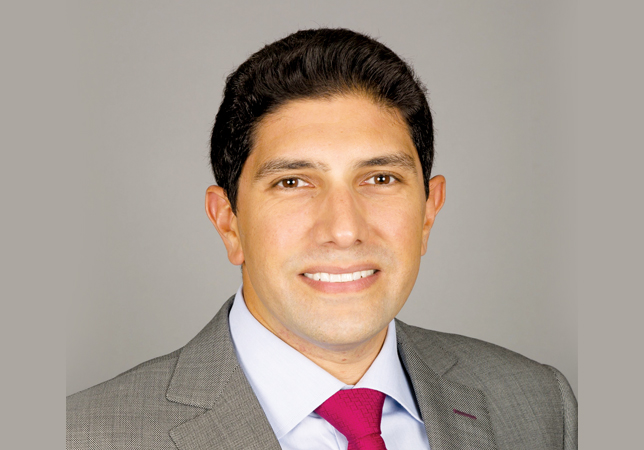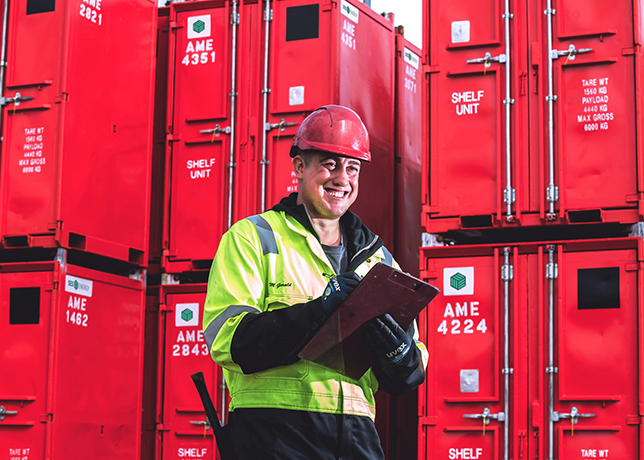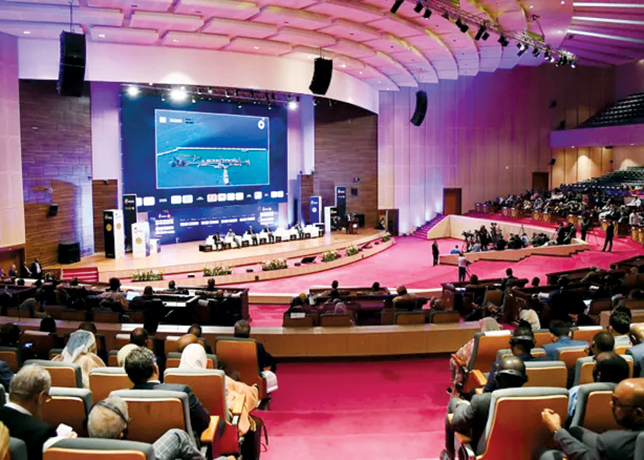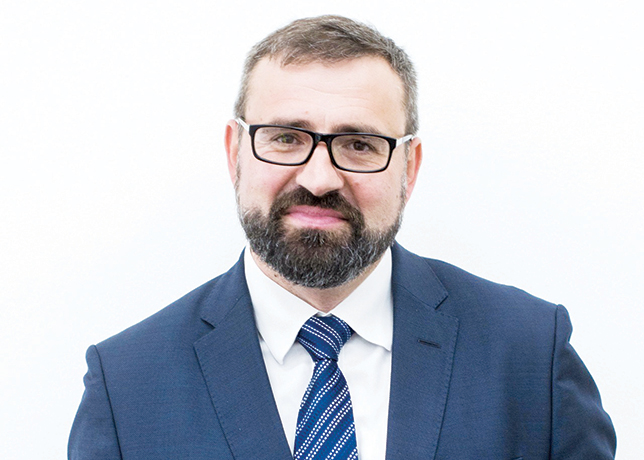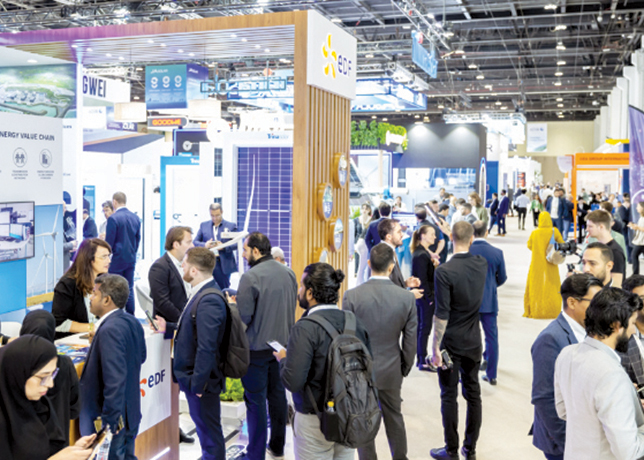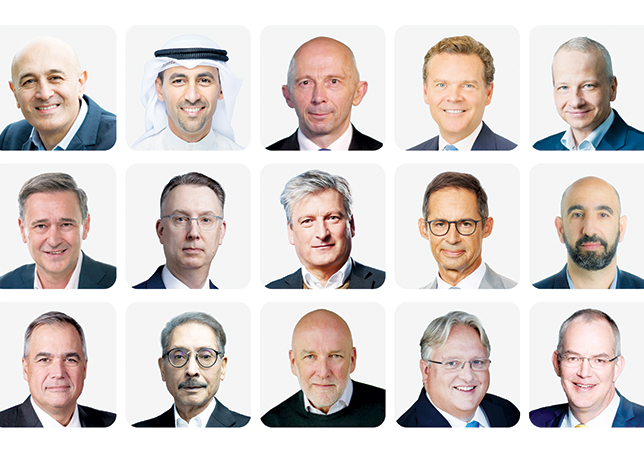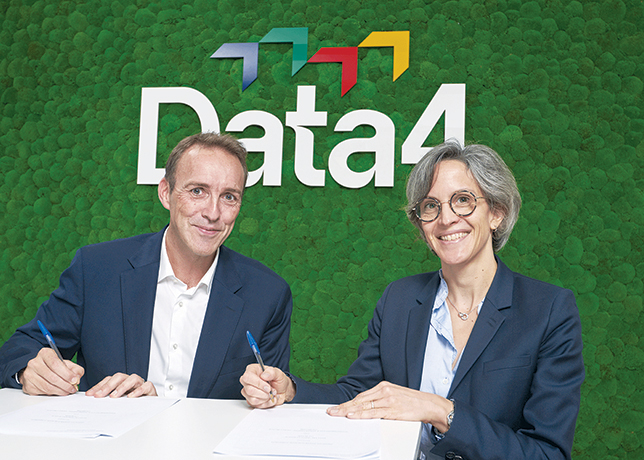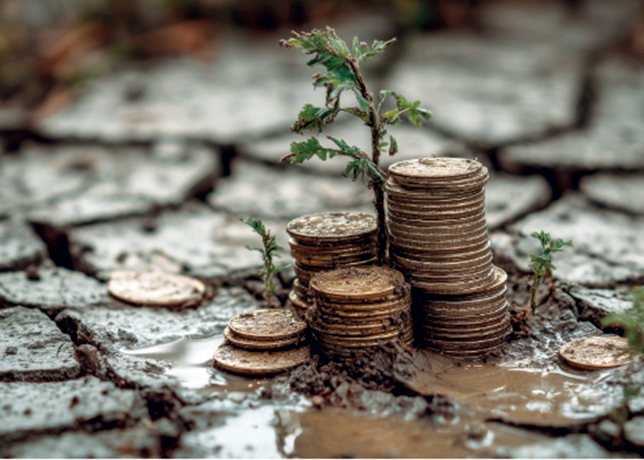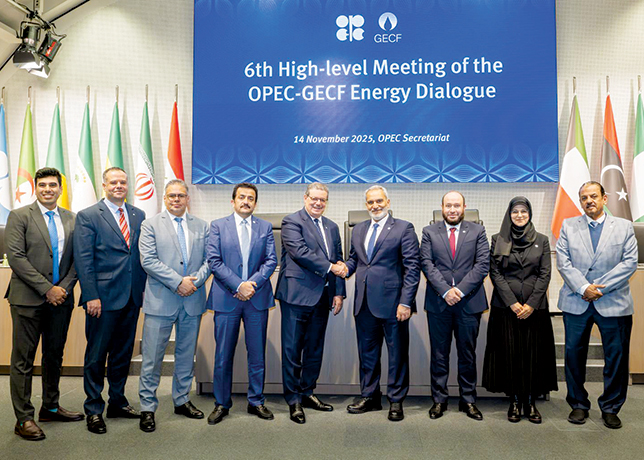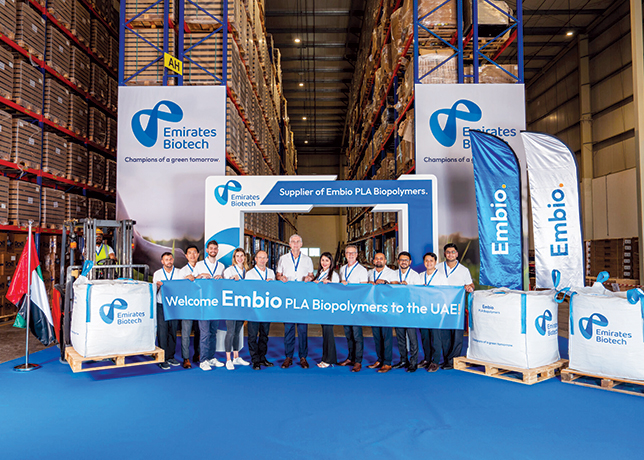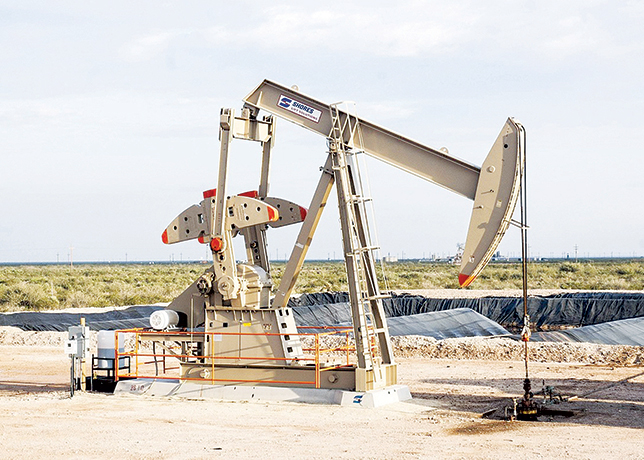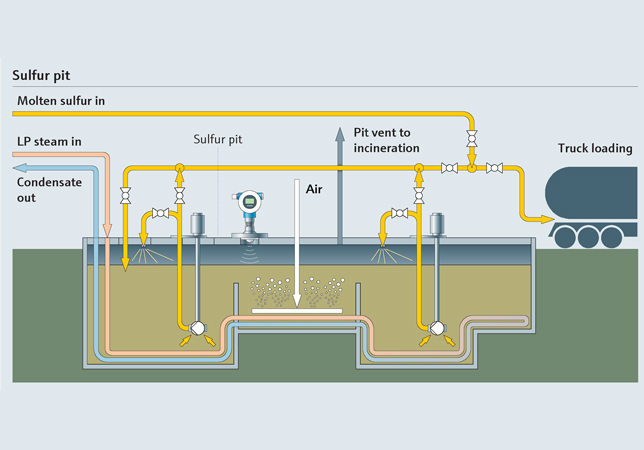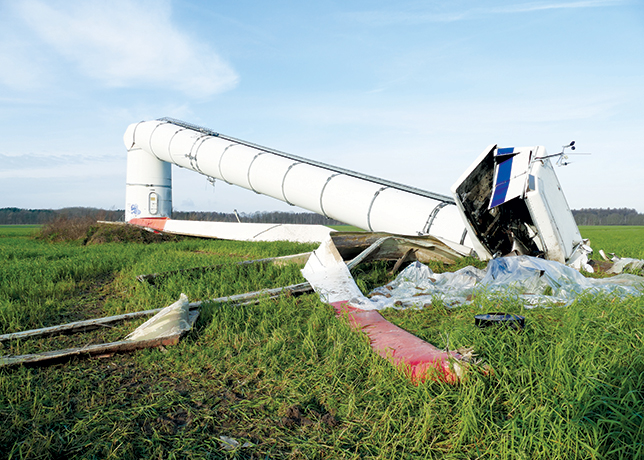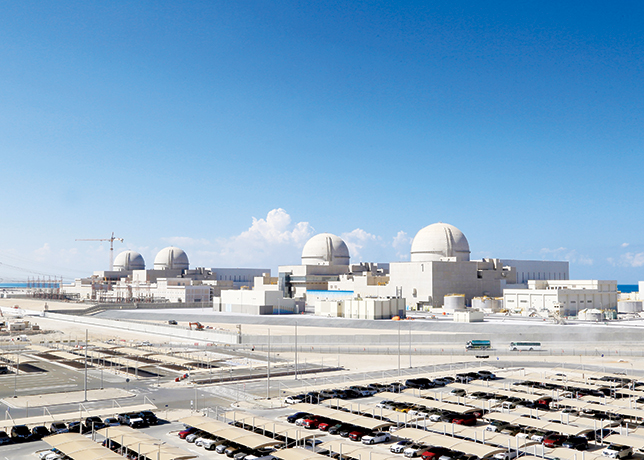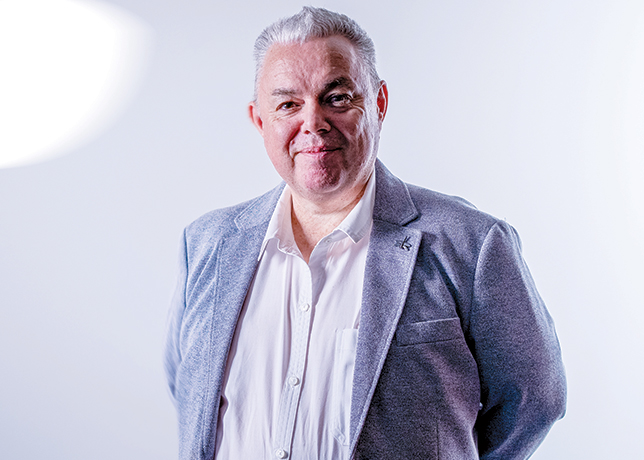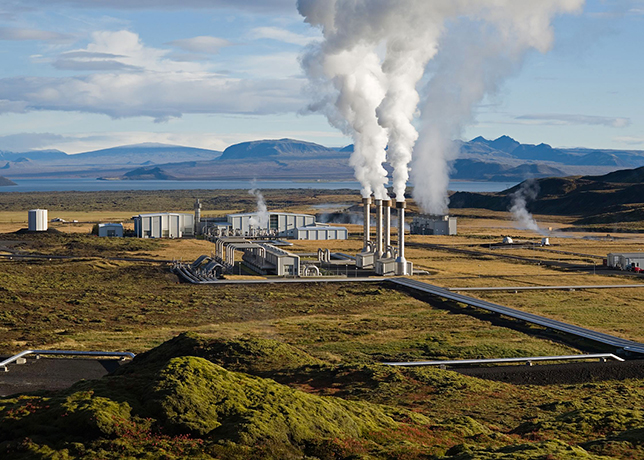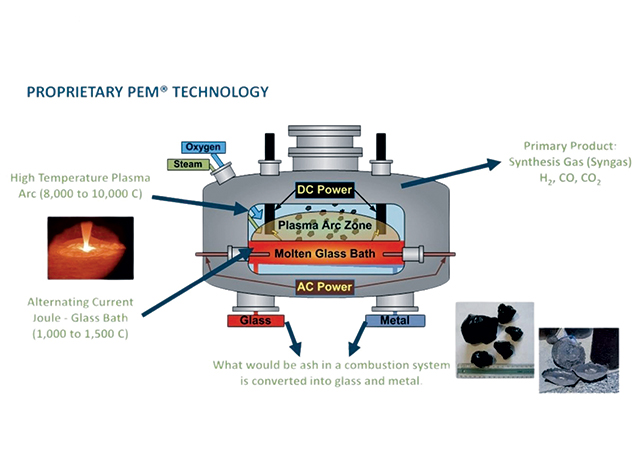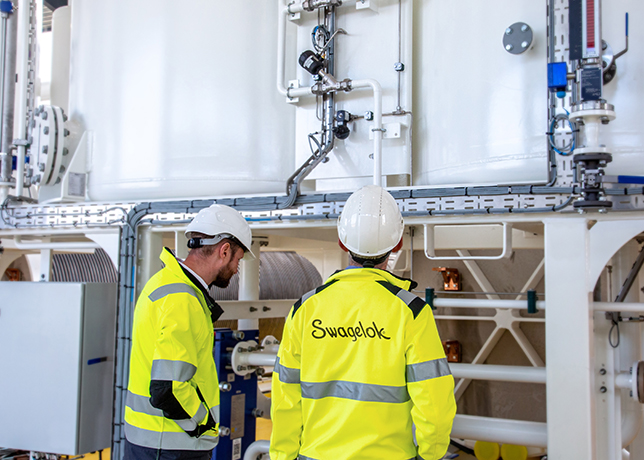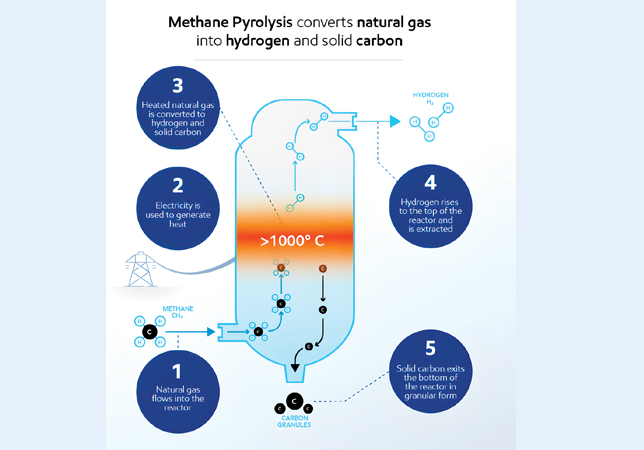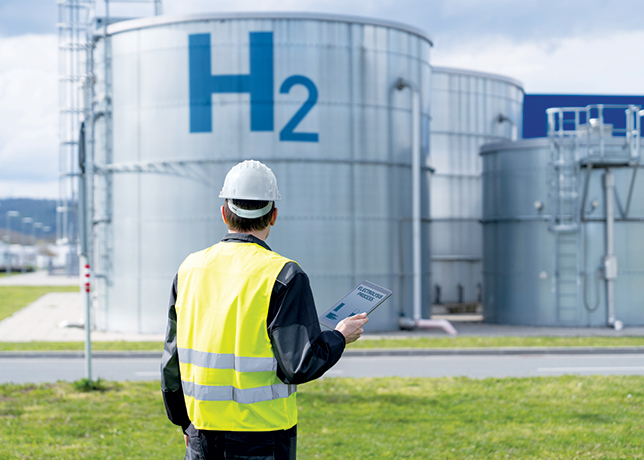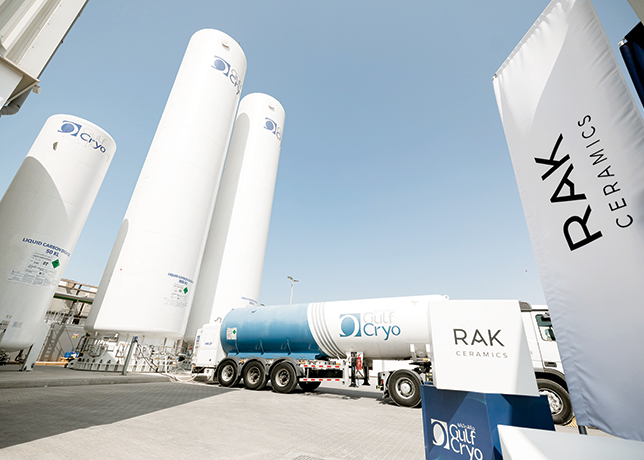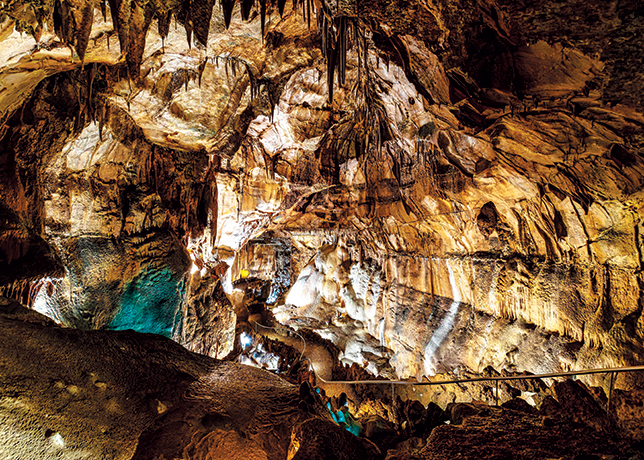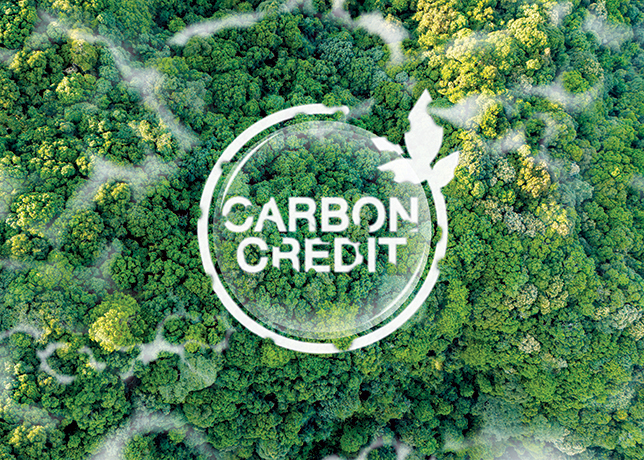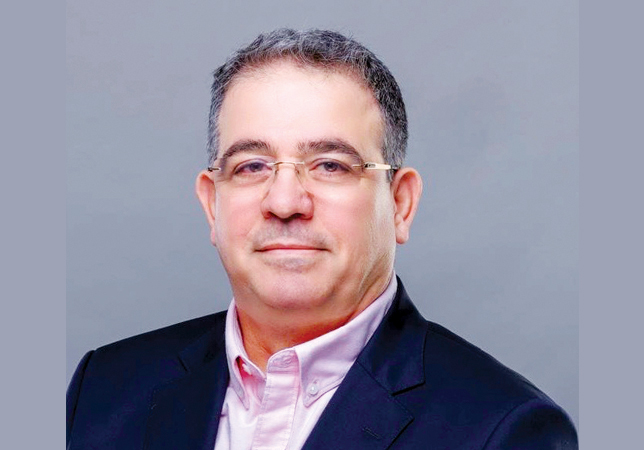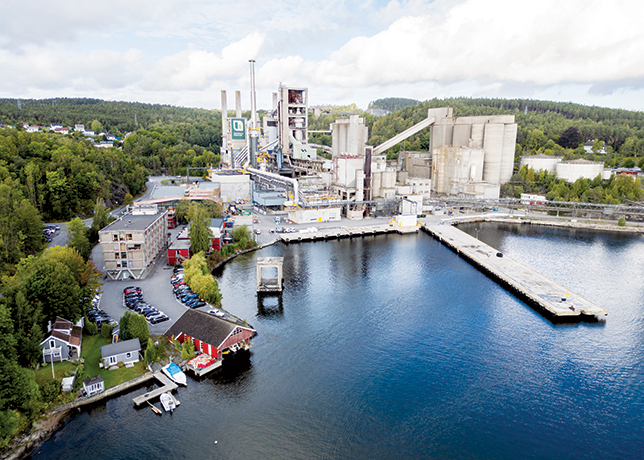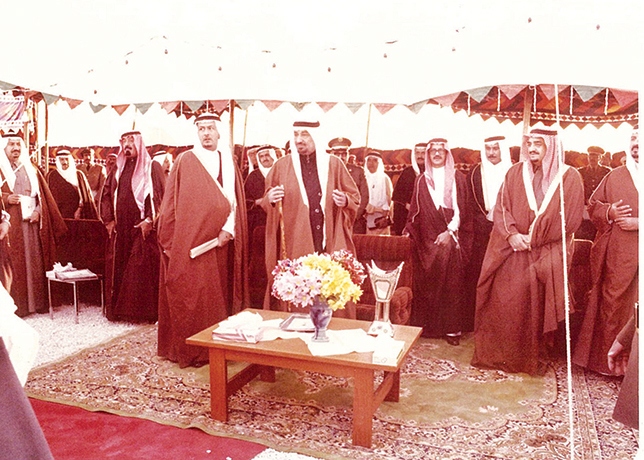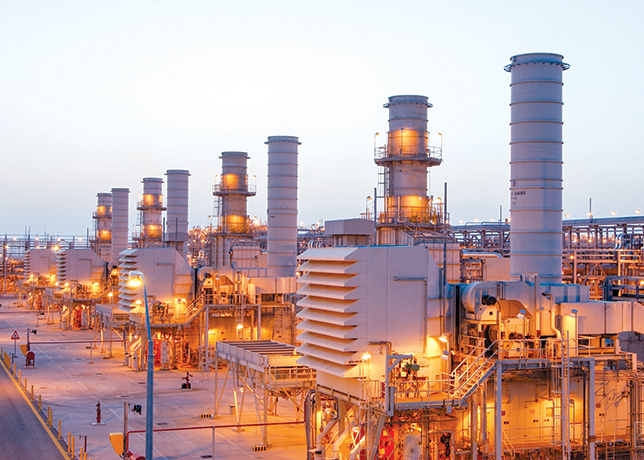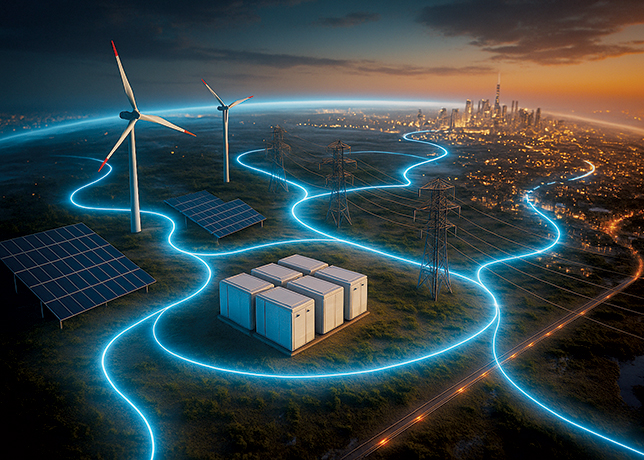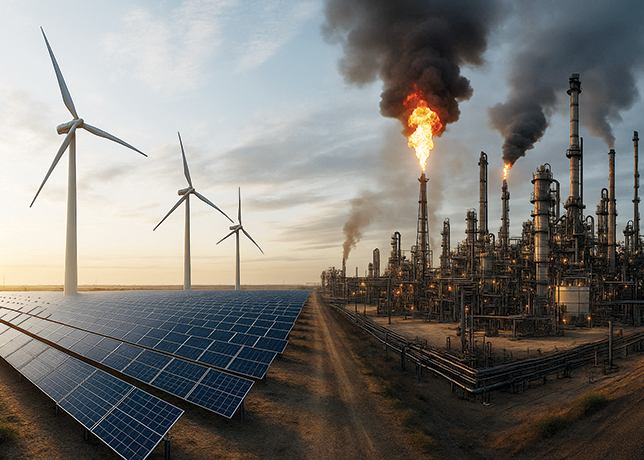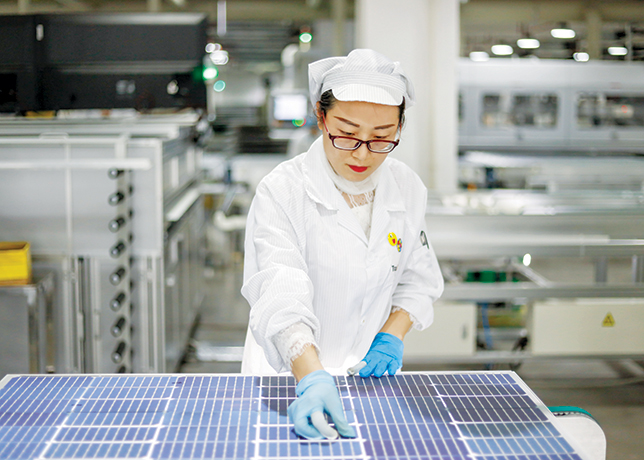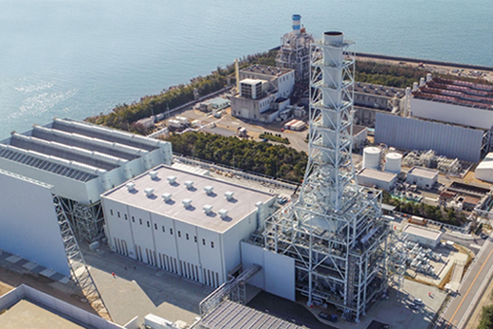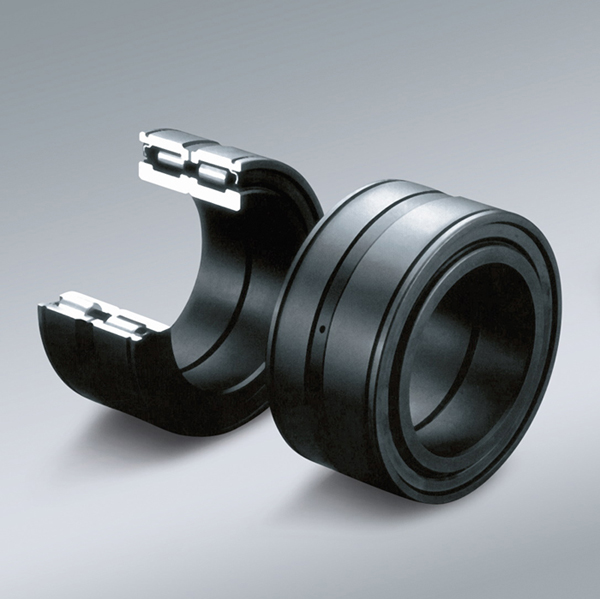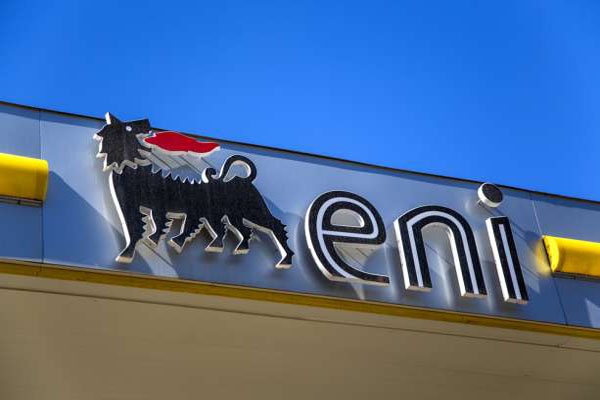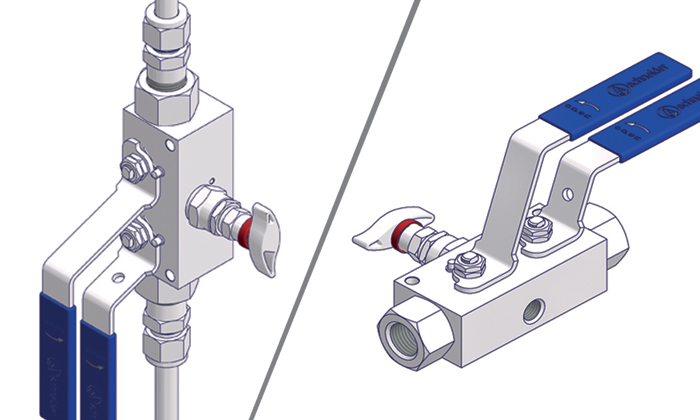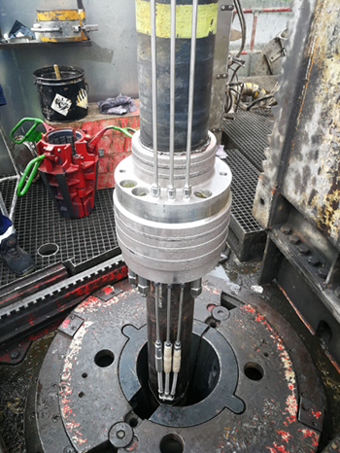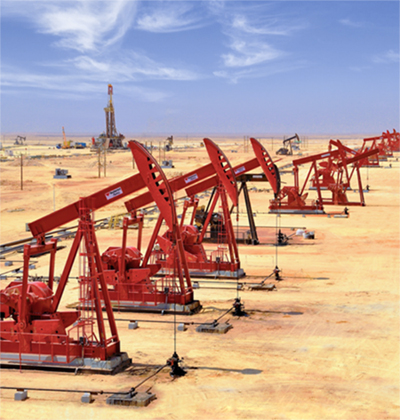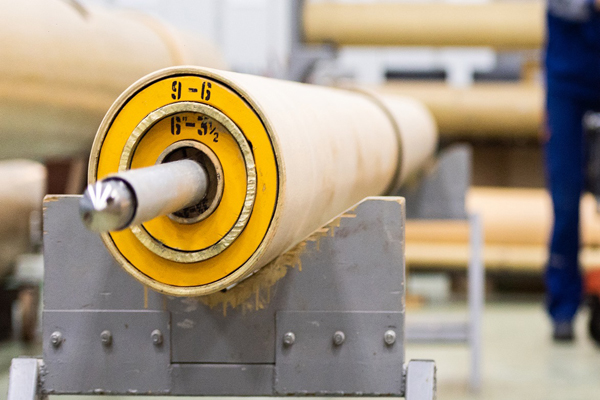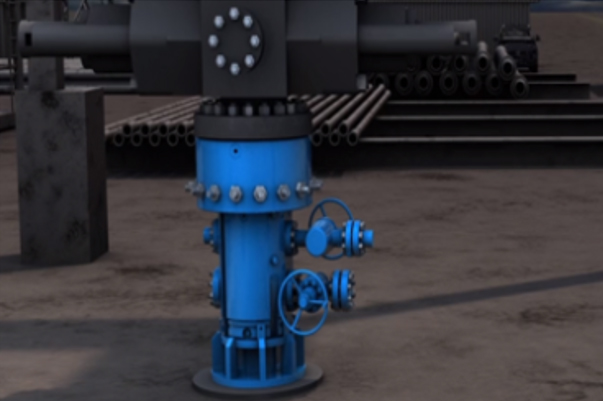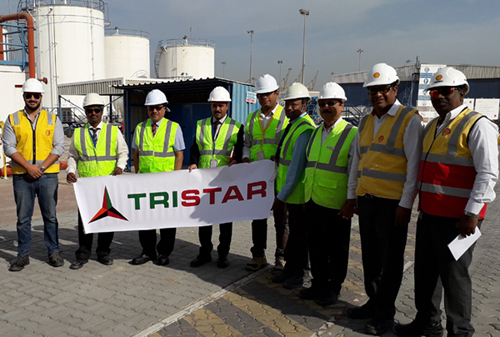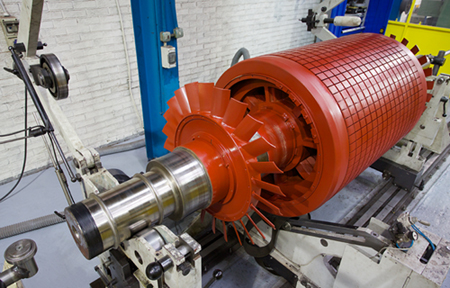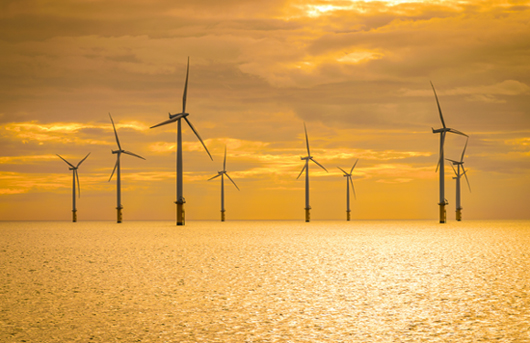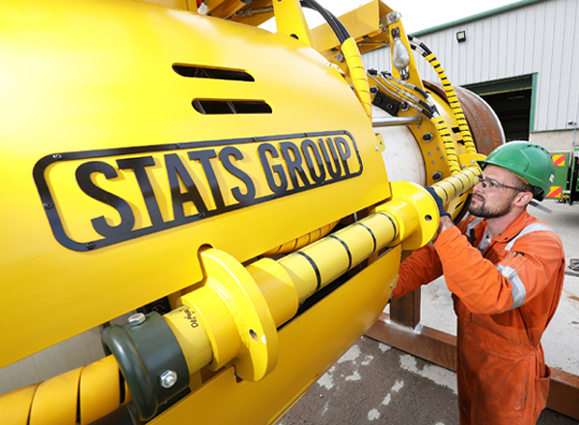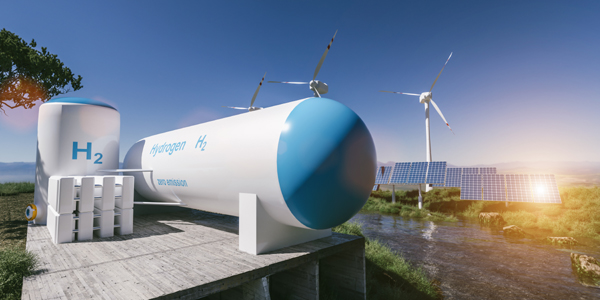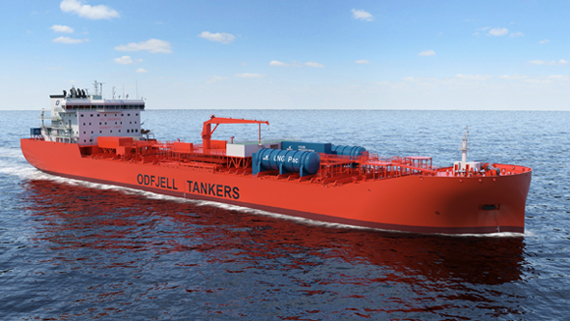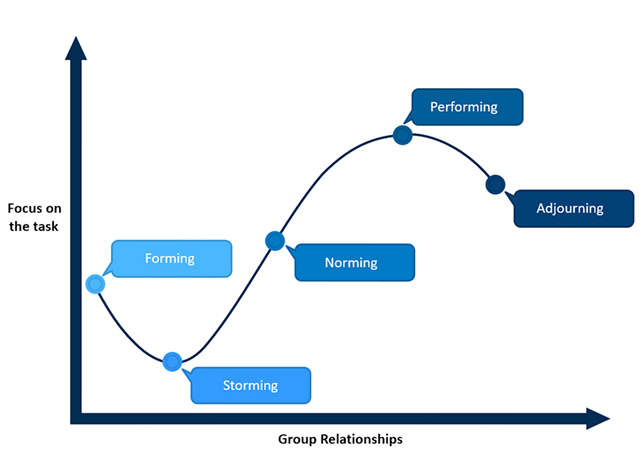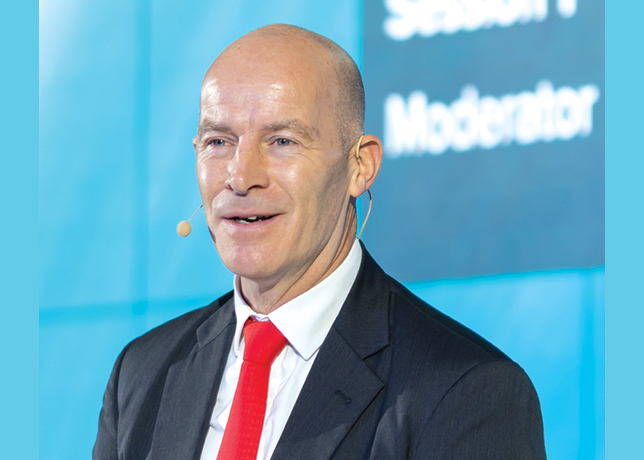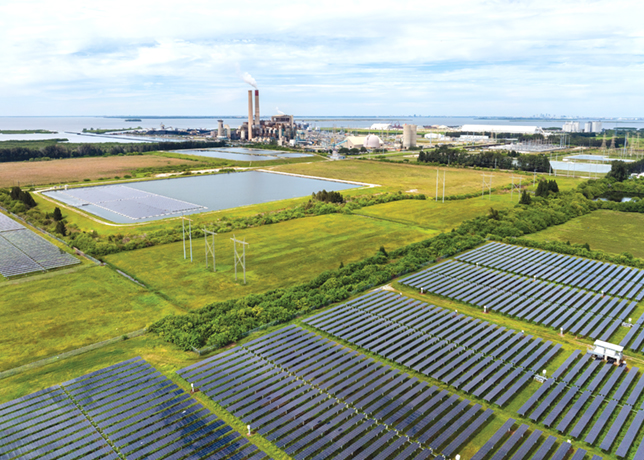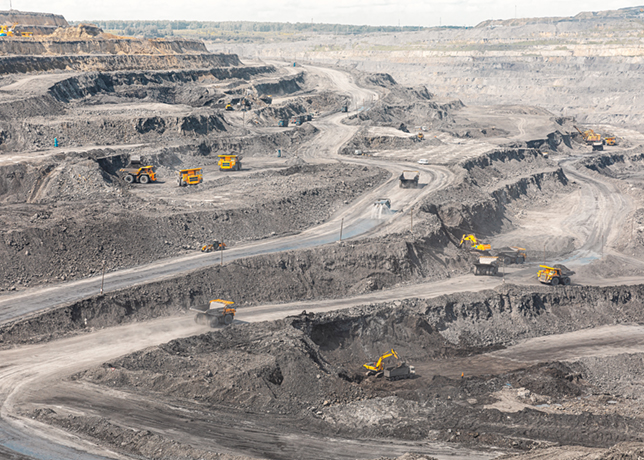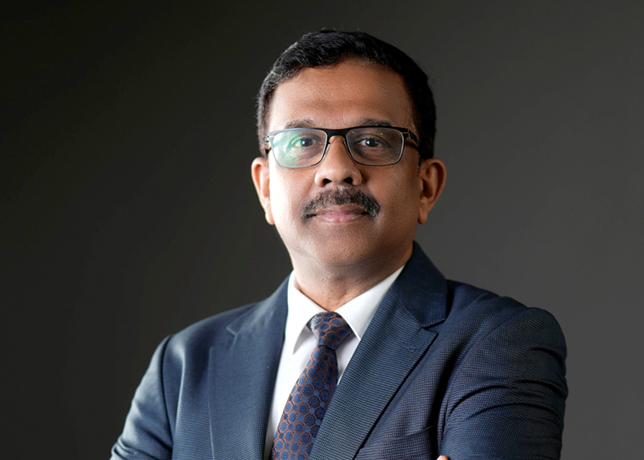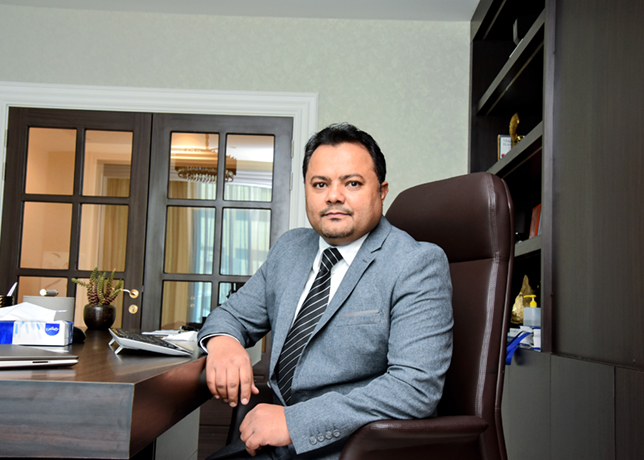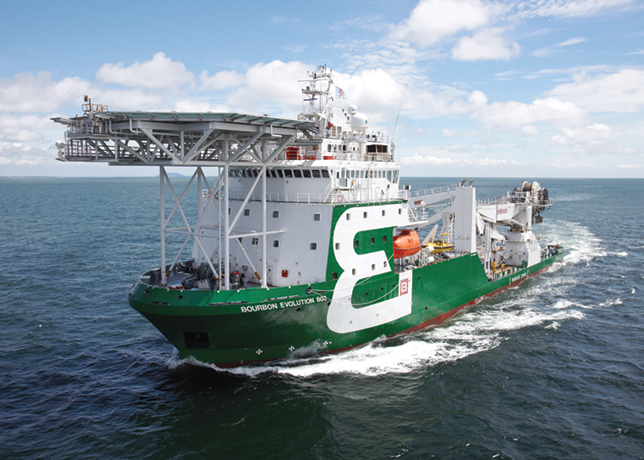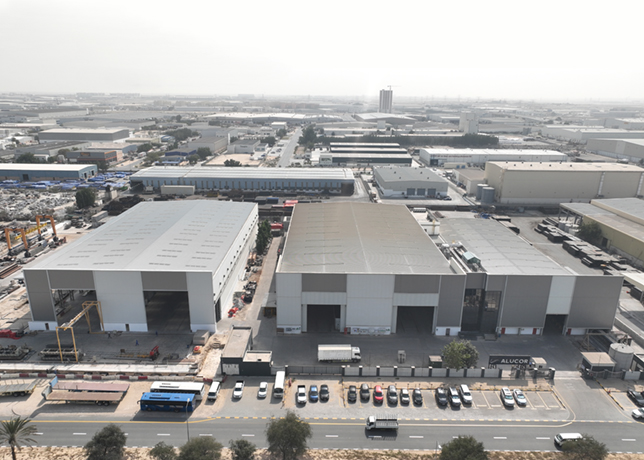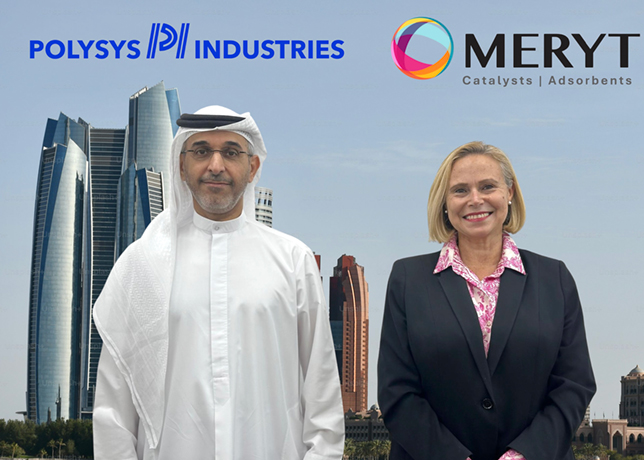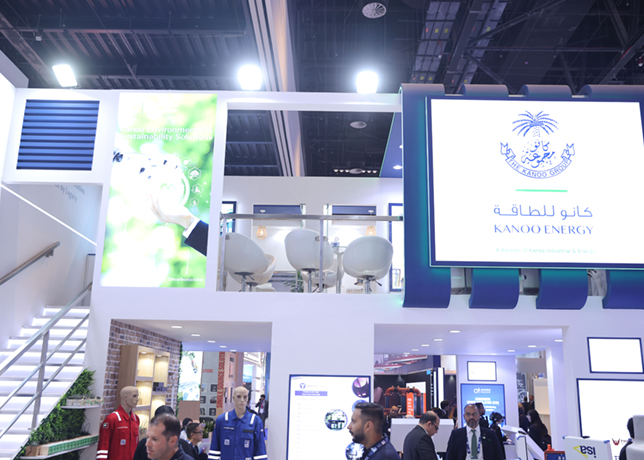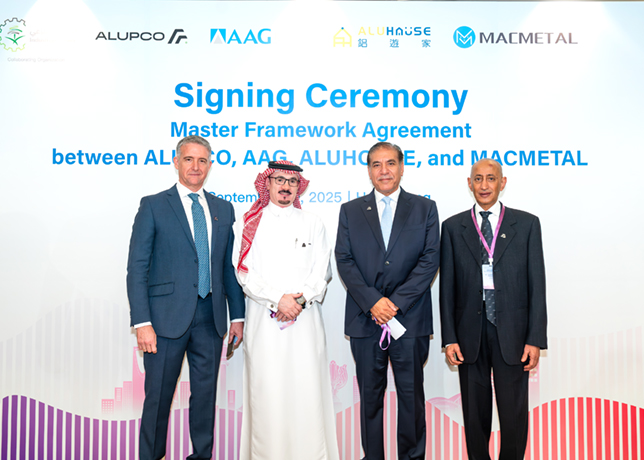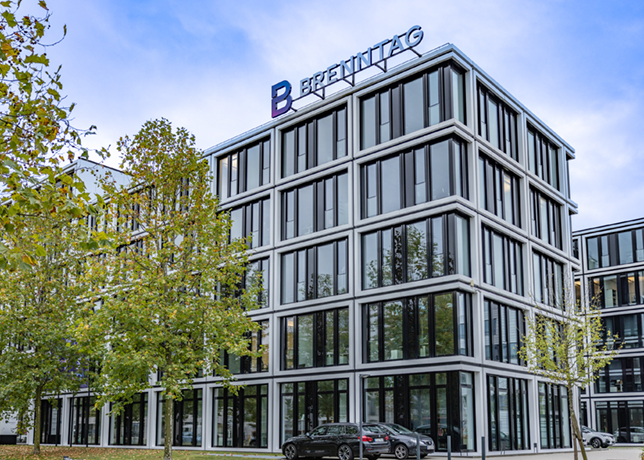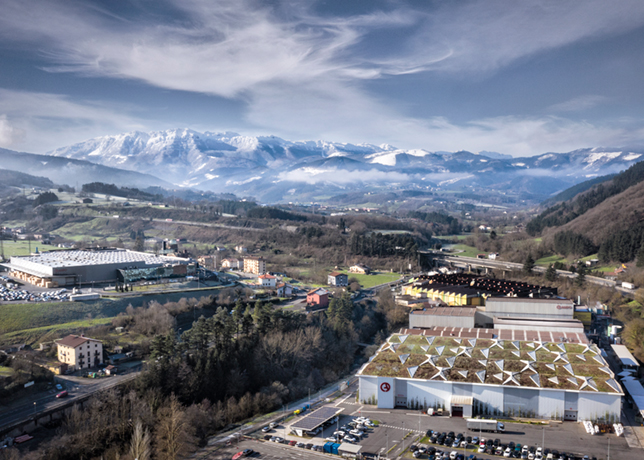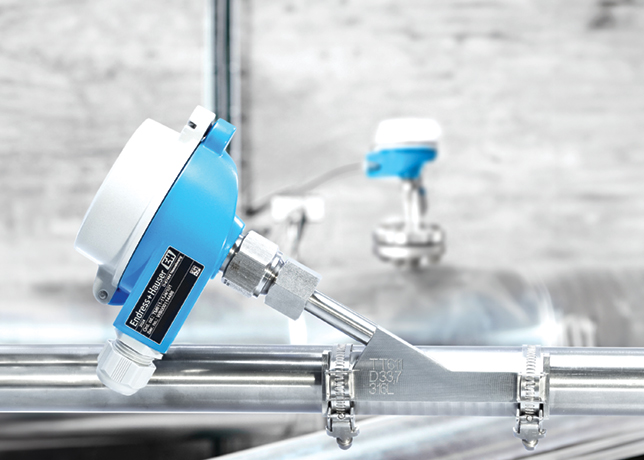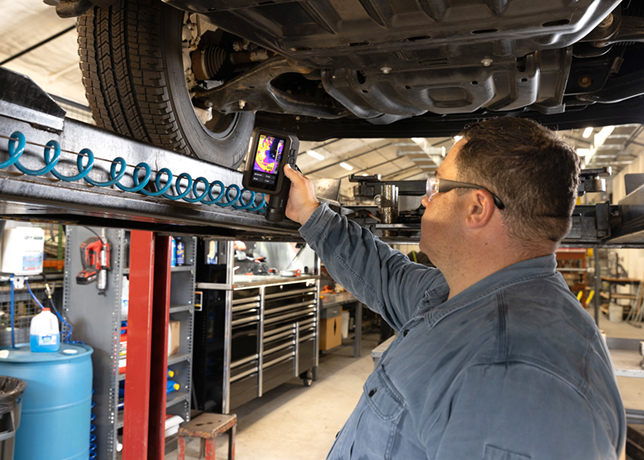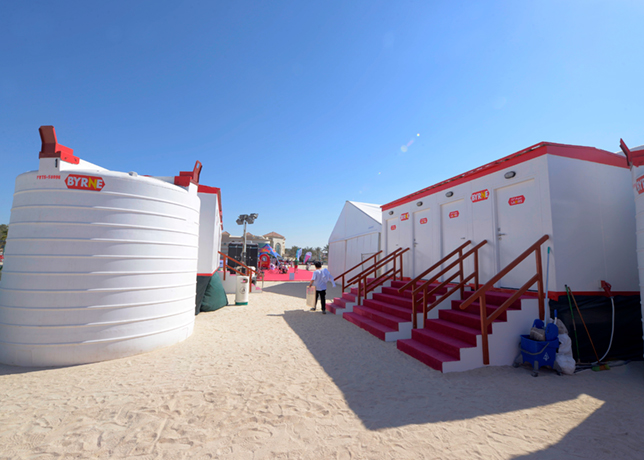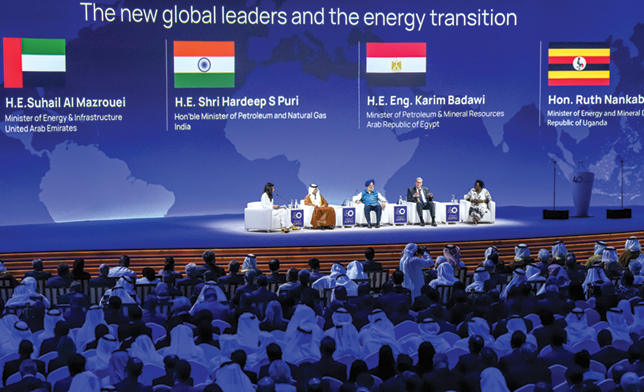
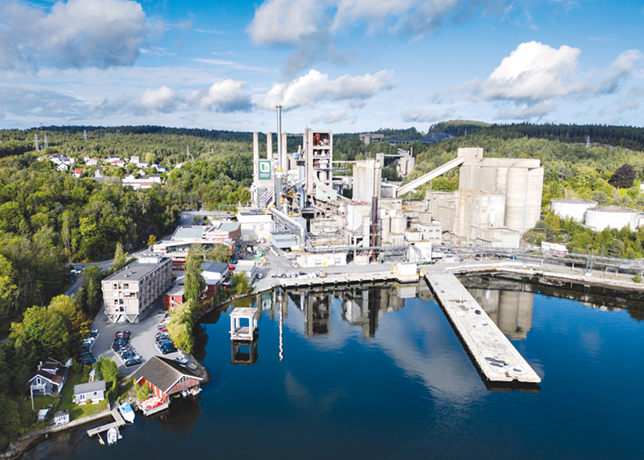 The Brevik CCS facility in Norway is the world’s first industrial-scale carbon capture facilty
The Brevik CCS facility in Norway is the world’s first industrial-scale carbon capture facilty
GCC governments and NOCs are building the foundations for a new era of decarbonised energy systems that seek to balance economic growth with climate responsibility
A quiet transformation is underway across the Middle East’s energy landscape. Beneath the familiar imagery of oilfields, gas plants and refineries, a new industry is beginning to take shape; one centred not on extracting carbon, but on capturing and storing it.
Carbon capture and storage (CCS), long discussed in policy circles as a future solution to emissions, is now being implemented across the region at unprecedented speed.
From Saudi Arabia and Oman to the UAE and Qatar, governments and national oil companies (NOCs) are building the foundations for a new era of decarbonised energy systems that seek to balance economic growth with climate responsibility.
The shift from concept to execution is now well underway. These oil-rich nations have all made CCS or CCUS (carbon capture, utilisation and storage) integral to their national strategies.
These efforts are designed not only to decarbonise domestic industries but also to create future low-carbon export opportunities.
Governments are prioritising the establishment of integrated hubs, shared infrastructure, and modular pilot projects while developing clearer regulations and cross-border cooperation frameworks that can support a viable regional carbon management ecosystem.
Currently, there are four facilities in early development, six in advanced development, five under construction, and three already in operation, bringing the overall total to 18 projects.
KSA LEADS WITH INDUSTRIAL-SCALE AMBITION
The Kingdom of Saudi Arabia has taken the regional lead with one of the world’s largest CCS projects now under development.
In 2024, Aramco signed a shareholders’ agreement with Linde and SLB to develop the Jubail CCS Hub, marking a decisive move toward large-scale deployment. Aramco will hold a 60 per cent stake in the project, with Linde and SLB each taking 20 per cent.
The first phase of the Jubail Hub aims to capture and store up to 9 million tonnes of carbon dioxide per year by 2027.
The project will channel CO2 from Aramco’s gas-processing plants and nearby industrial emitters through a new dehydration, compression and pipeline network.
Designed as a shared infrastructure model, the hub will enable other emitters to participate in the network, driving economies of scale and lowering costs.
The hub aligns with Saudi Arabia’s broader ambition to reach 44 million tonnes per year (mtpa) of CCUS capacity by 2035, a figure that reflects both the urgency and scale of its decarbonisation strategy.
The western region of the Kingdom is also set to host a separate CCU (carbon capture and utilisation) hub in Yanbu, initially capturing around 2 mtpa.
The CO2 from this facility will be used to produce low-carbon urea, methanol, and other industrial chemicals, highlighting Saudi Arabia’s dual focus on emissions management and value-added manufacturing.
OMAN ADVANCES NATIONAL CCS NETWORKS
Oman, too, is moving quickly to integrate CCS into its national energy infrastructure. The government is developing a CO2 transport network to link major emitters with both storage and utilisation sites across the country.
OQGN, Oman’s national energy company, has taken the lead by planning underground CO2 storage in collaboration with Shell, alongside a pipeline project with Oxy Oman that will use captured CO2 for enhanced oil recovery.
The "Blue Horizons" project, focused on producing low-carbon ammonia, is in its pre-FEED stage and expected to be a key part of Oman’s industrial decarbonisation roadmap.
Oman LNG’s strategy also envisions a full-chain CCS approach, which could include exporting captured CO2 or storing it geologically in upstream wells.
The country’s planned hydrogen hub in Sur will integrate capture and utilisation systems, reflecting how Oman sees CCS as a vital component of its broader hydrogen and low-carbon economy.
QATAR, UAE STRENGTHEN DECARBONISATION
Qatar, already home to one of the region’s most advanced CCS operations, currently captures and stores around 2.2 mtpa of CO2 from its LNG facilities.
The state plans to scale this capacity to between 7 and 9 mtpa by 2030 and over 11 million tonnes by 2035.
A new 10-train LNG project under FEED development will add more than 4 mtpa of capture capacity, supported by new injection wells for permanent storage.
Qatar’s expansion plan goes beyond LNG. It aims to capture CO2from power plants and post-combustion sources, integrating CCS into its future blue ammonia production chain. This is part of a strategy to retain its global leadership in energy exports while meeting tightening international carbon standards.
In the UAE, ADNOC continues to build its carbon management credentials. The company has achieved its first CO2 injection milestone and secured DNV certification for its storage site, confirming that the project meets international technical standards.
This is a significant step for ADNOC’s broader low-carbon ambitions and provides a foundation for scaling up storage capacity across its portfolio.
Kuwait has taken early steps through a pilot project between Shell and the Kuwait Oil Company, exploring CO2-EOR (enhanced oil recovery) and assessing geological storage potential.
EARLY INNOVATION POINTS TO NEW FRONTIERS
Beyond large-scale storage projects, the region is experimenting with innovative technologies that could redefine CCS in arid environments.
In Saudi Arabia, Aramco has launched its first direct air capture (DAC) pilot in collaboration with Siemens Energy.
Though modest at 12 tonnes per year, the project represents a major step in testing atmospheric carbon removal in a region traditionally associated with emissions rather than capture.
In the UAE, Fertiglobe has installed Carbon Clean’s modular CycloneCC unit at its Ta’ziz ammonia facility, capturing around 10 tonnes of CO2per day.
The deployment demonstrates the potential for compact, scalable capture technologies in the region’s industrial settings.
Oman is home to one of the world’s most intriguing CCS innovations through start-up 44.01, which is testing peridotite mineralisation — a natural process that permanently locks away CO2 in rock.
The pilot could open a new frontier for mineral-based carbon storage in the Middle East, with enormous potential given the region’s geology.
These early initiatives, though small in scale, signal a new openness to experimentation and local innovation in a sector often dominated by imported technologies.
THE POLICY BACKBONE OF CARBON CAPTURE
Policy support is now emerging as a decisive factor in how quickly CCS can scale across the Middle East.
The UAE has taken a leading step through a federal law that formally integrates CCUS into the country’s national mitigation framework.
The law mandates emissions reporting, introduces penalties for non-compliance of up to AED2 million ($544,000), and empowers the Ministry of Climate Change and Environment to establish technical standards.
Abu Dhabi’s Measurement, Reporting and Verification (MRV) framework is also now embedded within its third Nationally Determined Contribution (NDC), ensuring that captured and stored CO2 counts towards national emission targets.
Oman, meanwhile, has created the Oman Net Zero Centre under its Ministry of Energy and Minerals. The centre coordinates decarbonisation efforts, manages carbon market development, and oversees CCS milestones across sectors.
By integrating capture targets into national roadmaps, it aims to move projects from pilot to commercial scale with institutional coherence and technical oversight.
CHALLENGES & OPPORTUNITIES AHEAD
Despite the burst of activity, major challenges remain. Key among them is the lack of harmonised permitting systems, long-term liability frameworks, and cross-border storage governance.
Financial barriers also loom large. The upfront costs for pipelines, compression facilities, and monitoring systems remain substantial, and few projects have yet reached full bankability.
Public–private partnerships, concessional finance and clear revenue mechanisms will be essential to scale deployment.
Without these, many CCS schemes could stall at the demonstration stage.
Nevertheless, the Middle East’s combination of geological potential, industrial scale and state-driven coordination gives it an edge few other regions can match.
Efforts to establish cross-border carbon corridors are already underway. Saudi Arabia and Egypt have initiated discussions with Greece and Cyprus on potential CO2 export routes, while Oman has signed an agreement with Gasunie to link Gulf CO2 and hydrogen exports to European demand centres.
Such projects could allow the region to become an exporter not just of energy but of decarbonisation services.
The Middle East’s pivot to carbon capture is not merely a technical or environmental shift; it signals a broader economic transformation.
For decades, the region’s prosperity has been tied to hydrocarbons; now, those same resources and geological formations are being reimagined as assets for a low-carbon future.
By building the pipelines, hubs, and storage facilities that underpin CCS, countries such as Saudi Arabia, Oman, Qatar and the UAE are laying the groundwork for an entirely new sector that merges industrial continuity with climate innovation.
Their progress will determine whether CCS becomes the region’s next great energy export or remains an ambitious experiment.
Either way, the direction is clear: The Middle East is no longer waiting for the world to lead on carbon capture; it is building the infrastructure, the policy, and the ambition to lead itself.
BY Abdulaziz Khattak






